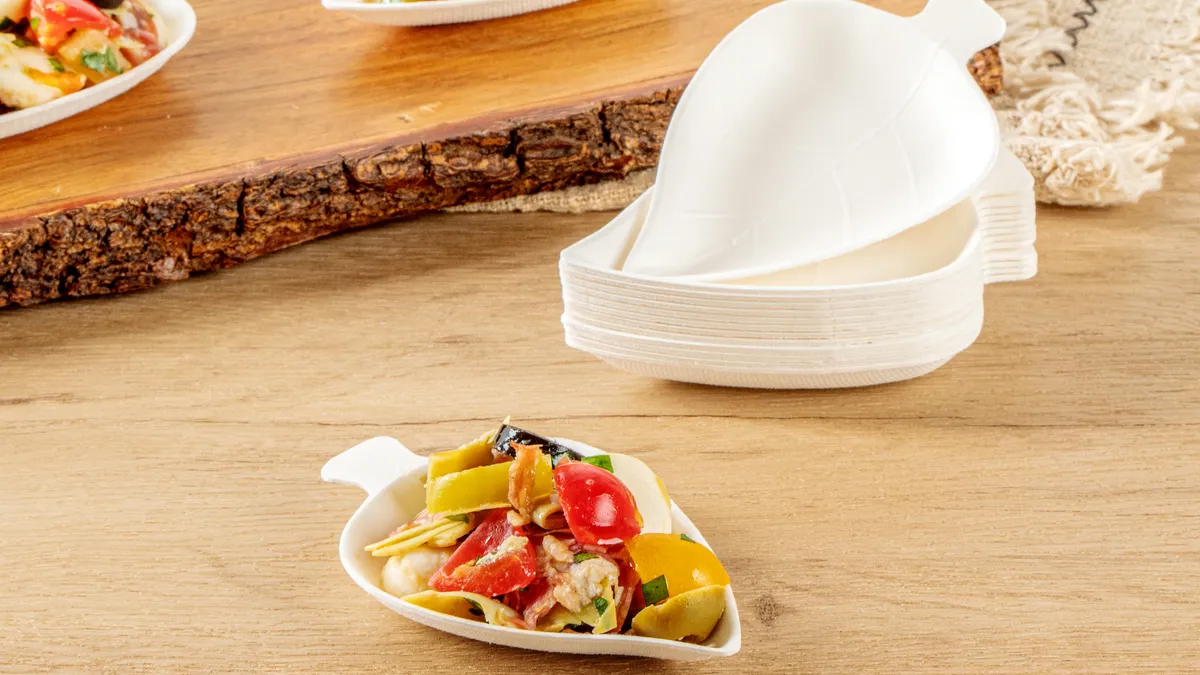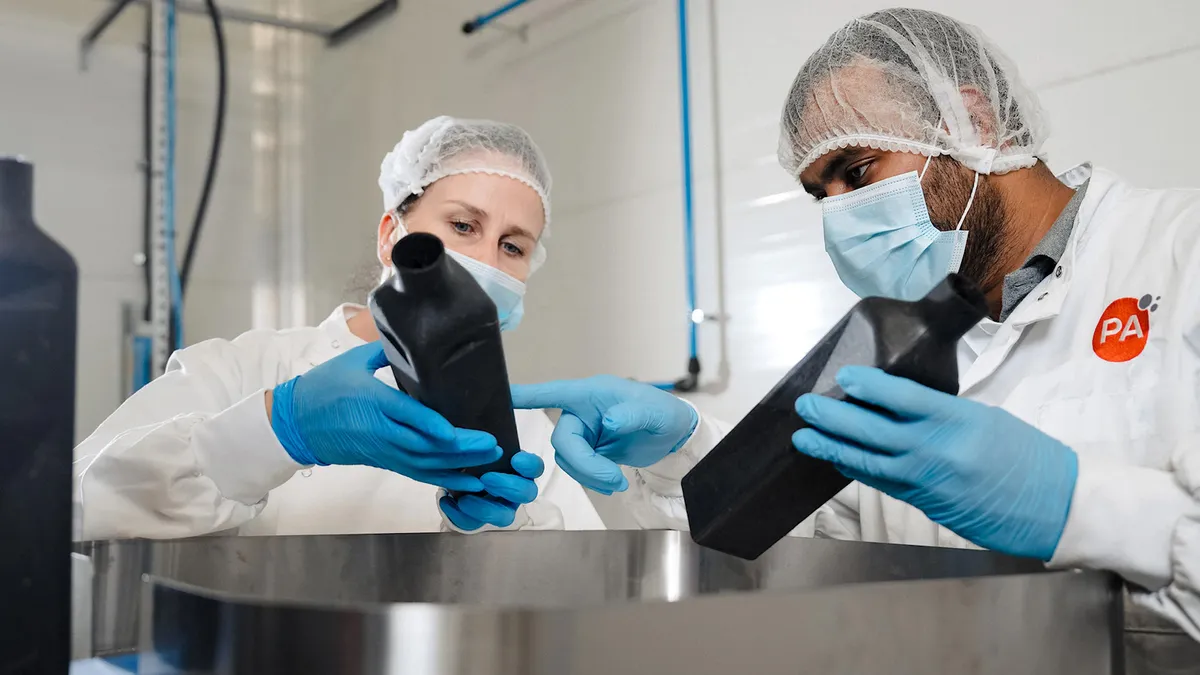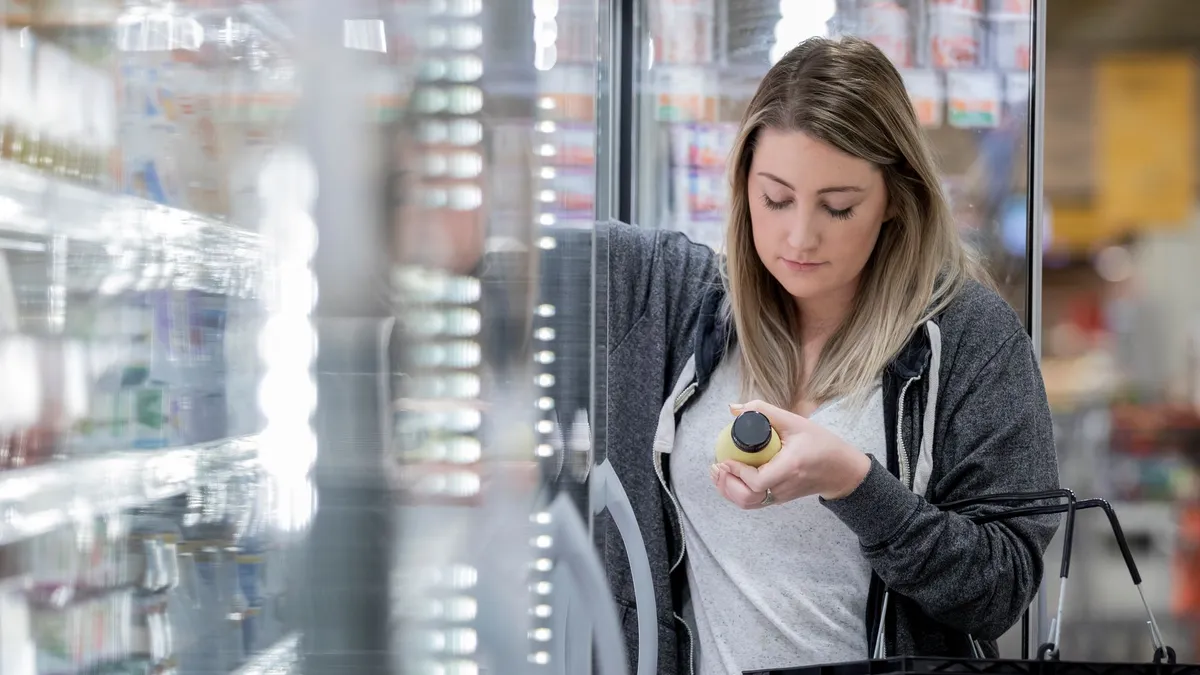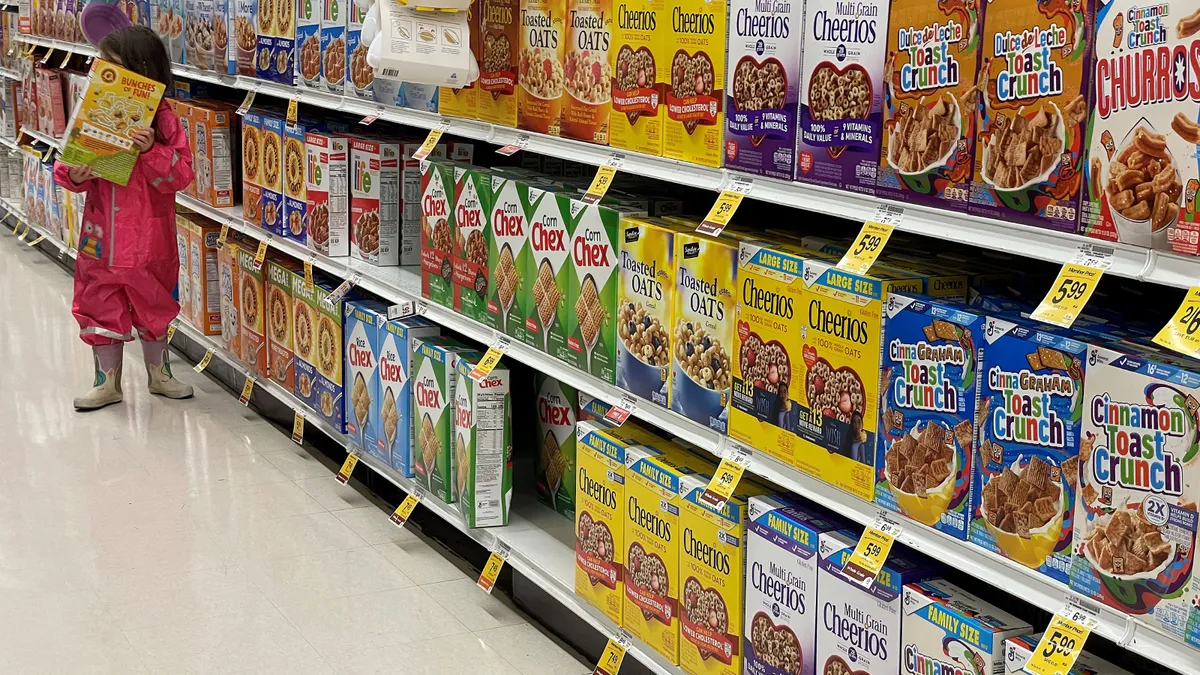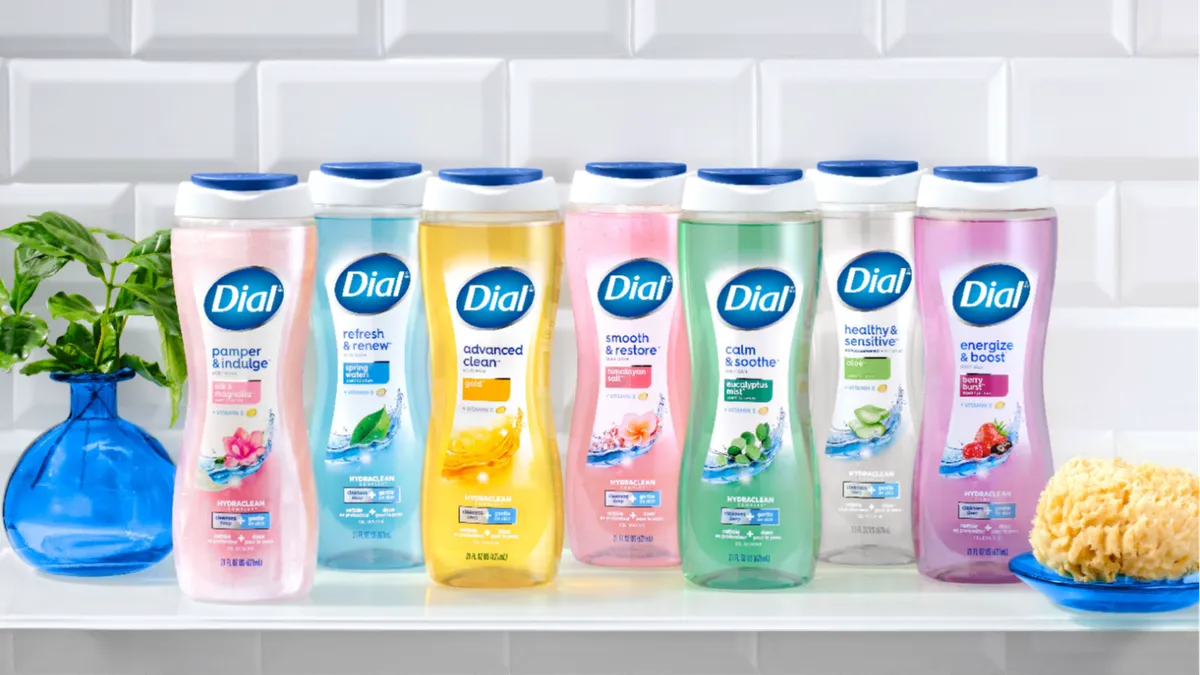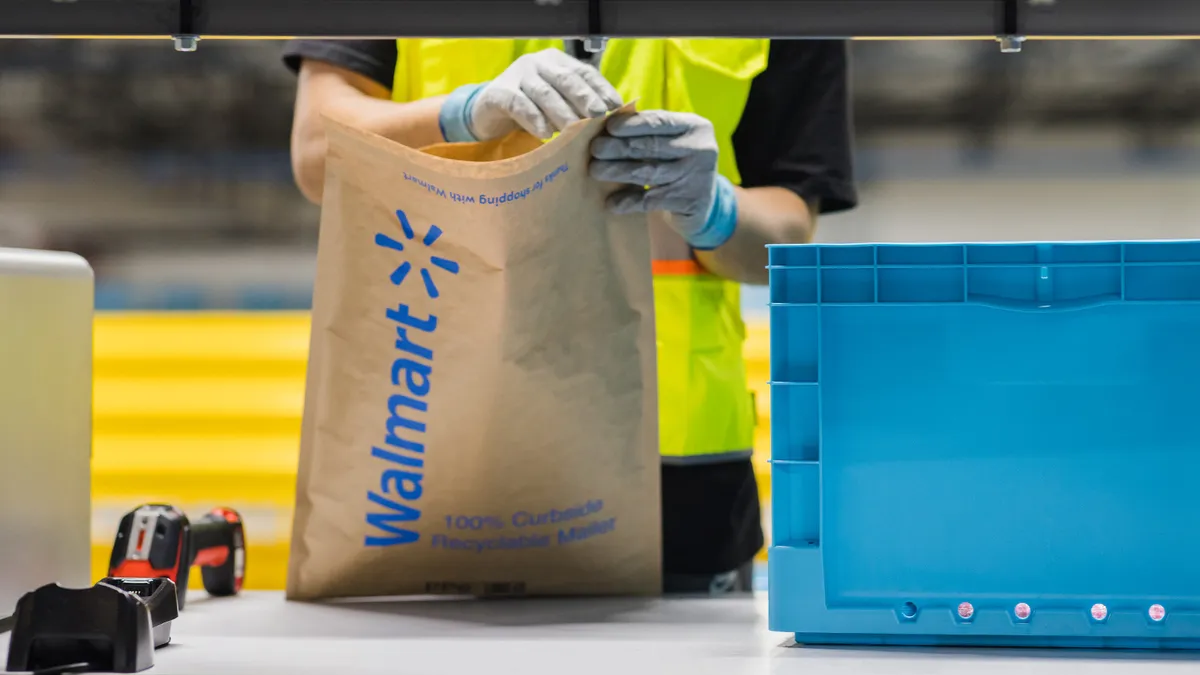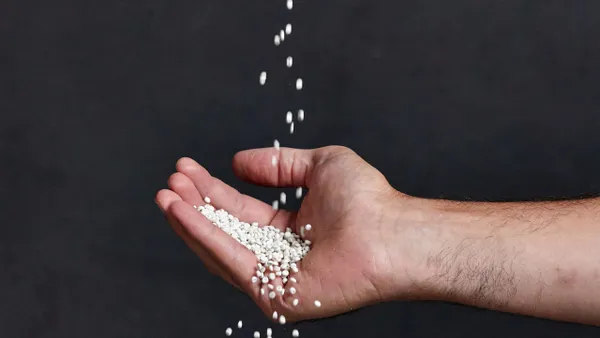A fibrous material discarded at sugar mills is gaining popularity as a lower-carbon, compostable packaging substrate.
Known as bagasse, it comes from sugar cane and is a byproduct after the juice has been extracted. These fibrous remains can be used to create products that would typically use wood or straw, which in turn can have environmental benefits.
“Over the course of the past five to seven years, we’ve seen an increase in bagasse and alternative fibers as a packaging material,” said Natha Dempsey, president of the Foodservice Packaging Institute, via email. Clamshells and catering trays are among the range of small and larger-format packaging uses, Dempsey said.
While polystyrene foam and other types of plastic tend to be cheaper options for single-use products, the market for packaging made from bagasse and similar materials is growing. According to data from Future Market Insights, the broader sugarcane packaging market size was valued at $255 million in 2023 and projected to be worth $889 million by 2033.
Its current application may be newer, but bagasse has been used as a paper substitute since the 1930s. American inventor Clarence Birdseye is credited with devising the method for converting bagasse to paper pulp, a process that he developed in Peru.
Repurposing bagasse also reduces waste volumes for sugar mills and can decrease deforestation that may occur to produce certain paper products. Plus, sugarcane grows much faster than trees. Depending on the climate, it can take between 9 months and 24 months before the plant is ready for harvest.
Restaurantware, which offers bagasse packaging in its Pulp Safe range, expects to see more sugarcane fiber pieces on the market in the years to come. This year the company also plans to introduce tree-free compostable packaging made from bamboo paper. “It's clear that operators are moving decisively towards compostable solutions,” said CEO Jamil Bouchareb via email.
Like other types of food service ware, the possible use of PFAS or other potentially harmful chemicals that help repel grease and water is still a concern for compostable packaging made of bagasse or other materials. Sources say it’s crucial for suppliers to implement strong quality control programs to make sure their products are suitable for composting.
Restaurantware utilizes the ion-selective electrode method when testing for fluorine in their products, which Bouchareb said “is specifically designed to measure the total concentration of fluorine ions present in the sample.”
A benefit of fiber-based food service containers made from bagasse and other materials is that some customers find them more aesthetically appealing.
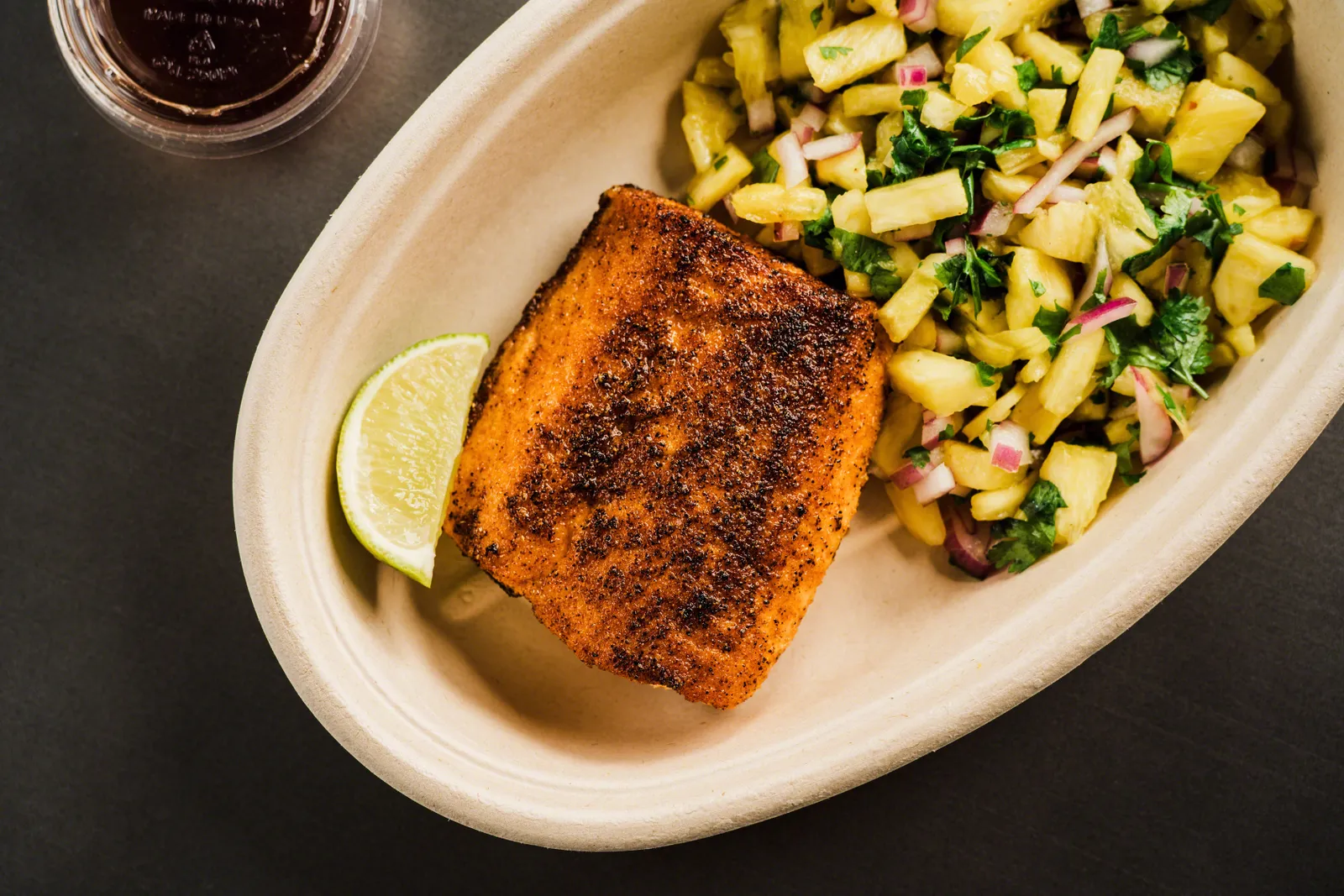
“They look like higher-end ways to serve food,” said Dana Mazzarelli, senior e-commerce marketing manager at Good Start Packaging. Mazzarelli also pointed out another functional benefit of fiber containers is that they let some steam out. This may prevent warm foods inside from turning soggy, which may happen when hot items are placed inside polystyrene foam packaging. “Fiber is a little more forgiving,” he said.
Bagasse also has some limitations. The company pointed out that the material is not a good choice for pre-packaged food that will be sitting in a cold case for some time prior to purchase and consumption.
“If it’s going to be sitting for multiple hours, a corn-based PLA would be a better option to choose,” said Melissa Breslin, director of marketing at Good Start Packaging.
In recent years, some institutions have focused on finding more diverse ways to use this material. In Indonesia, at the Universitas Syiah Kuala, researchers have worked on creating a biofoam cup by combining sugarcane bagasse with soybean-based tempeh mold. And a professor at Northeastern University combined sugarcane pulp with bamboo fibers to improve the mechanical strength of the bagasse material. The Northeastern research team also created an experiment to test how quickly the material could degrade when buried in a lawn, and found that it almost entirely disintegrated within two months.
Similar materials are also part of other innovative packaging applications. For example, Tequila Komos recently announced a partnership with Green Loop, to use compostable and biodegradable hybrid biopallets — made of 70% agave fiber and 30% wood — in its supply chain. The biopallets are made using agave bagasse, the fibrous waste that is generated when tequila is made. The pallets are also more easily stackable than conventional pallets.
FPI’s Dempsey said that organizations considering whether bagasse-based packaging is right for them should learn more about the material itself and also its end of life options.
“That advice doesn’t only apply to bagasse, but all packaging material types,” she said. “As we move forward, knowing the full story of your packaging (both for the supplier and the foodservice operator) is becoming more important than ever.”
Sources said that upstream benefits are compelling, but better organics recycling access is also needed for the full benefit of materials like bagasse to be realized. It can also be hard to compete with the current price of certain plastic options.
“Foam is so cheap,” said Mazzarelli. “People will continue using it until they’re forced to not be allowed to use it.”


